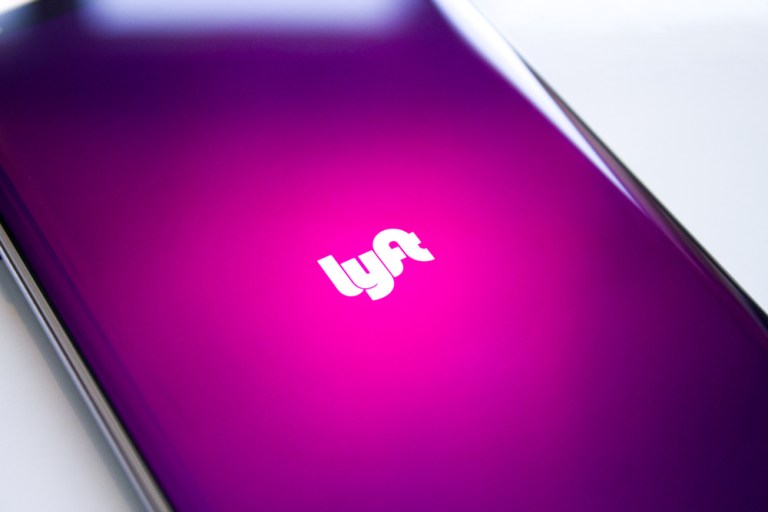Lyft Revenue Sees Big Lift In First Half Of 2018

Rideshare company Lyft’s revenue more than doubled in the first half of the year to $909 million. In addition, the company’s net loss increased at a slower rate than a year earlier, going up by 46 percent to $373 million. The company also lost 41 cents for every dollar of revenue, an improvement from a year earlier.
Lyft declined to comment on the report when contacted by Reuters.
Just this week, it was reported that JPMorgan Chase is in discussions with Lyft about being the lead banker on its pending initial public offering (IPO). It was also revealed that Lyft has hired Class V Group, the IPO advisory firm, and is looking to launch an IPO at some point next year.
Its main rival, Uber, is looking to file its IPO as well in 2019. For the second quarter of this year, Uber’s net loss decreased (to $891 million from $1.1 billion a year earlier), while its net revenue was $2.8 billion, an increase of 8 percent over the previous quarter and more than 60 percent higher than the previous year.
In May, Lyft said its internal market share numbers show that it now has 35 percent of the national ridesharing market, up from 20 percent 18 months prior. The company also noted that its market share is over 40 percent in 16 U.S. markets and it has a majority share in “multiple” markets.
“The last 18 months have been a period of incredible, sustained growth for Lyft,” CFO Brian Roberts said at the time. “There are no signs of that momentum slowing down.”
As of March, though, credit card data firm Second Measure put Lyft’s market share at 27 percent and Uber’s at 73 percent, while Certify found Lyft had 19 percent of the market in the first quarter versus Uber’s 81 percent.
While Uber doesn’t disclose market share data, a source said the company’s internal metrics show it with 70 to 72 percent of the U.S. ridesharing market, which would leave Lyft at 28 to 30 percent.